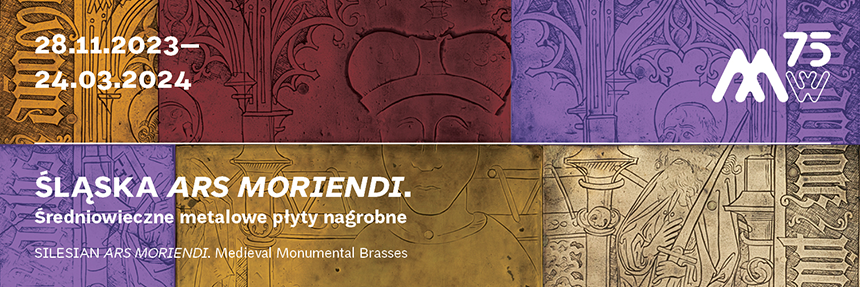To the Heavenly Jerusalem *
Characteristic of all monumental brasses featured at the exhibition is setting the figure of the deceased in an ornate architectural frame. It symbolized the passage from temporality to eternity.
In Early Christian art, the arcaded frieze often featured in the decoration of sarcophagi represented the enclosed Garden of Eden. Occasionally, the arcades took the form of city gates to symbolize the Heavenly Jerusalem. In the twelfth century, the arcaded frieze was reduced to a single arcade or canopy and the motif was interpreted as representing the deceased person’s passage from earthly to eternal life or the Last Judgment’s Gates of Justice.
The motifs of arcade and gate placed on tombs also referenced Christ’s words from the Gospel of St John: “I am the gate; whoever enters through me will be saved” (John 10:9) and Psalm 118 which from the twelfth century was included in funeral rites: “Open for me the gates of the righteous; I will enter and give thanks to the Lord. […] I will give you thanks for you answered me; you have become my salvation” (Psalms 118:19-21).
* But you have come to Mount Zion, to the city of the living God, the heavenly Jerusalem (Hebrews 12:22).
